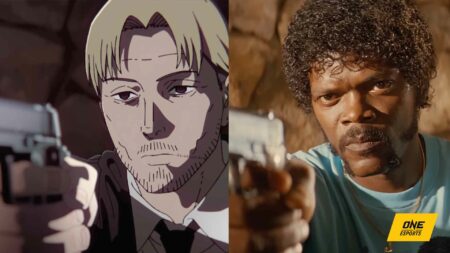Updated on October 24, 2:14 p.m. (GMT+8): Added relevant links, improved relevancy.
Chainsaw Man anime is out, and fans are raving about its thrilling opening sequence.
Aside from showing your favorite devil hunters in action, the opening pays homage to a handful of films and other creative works.
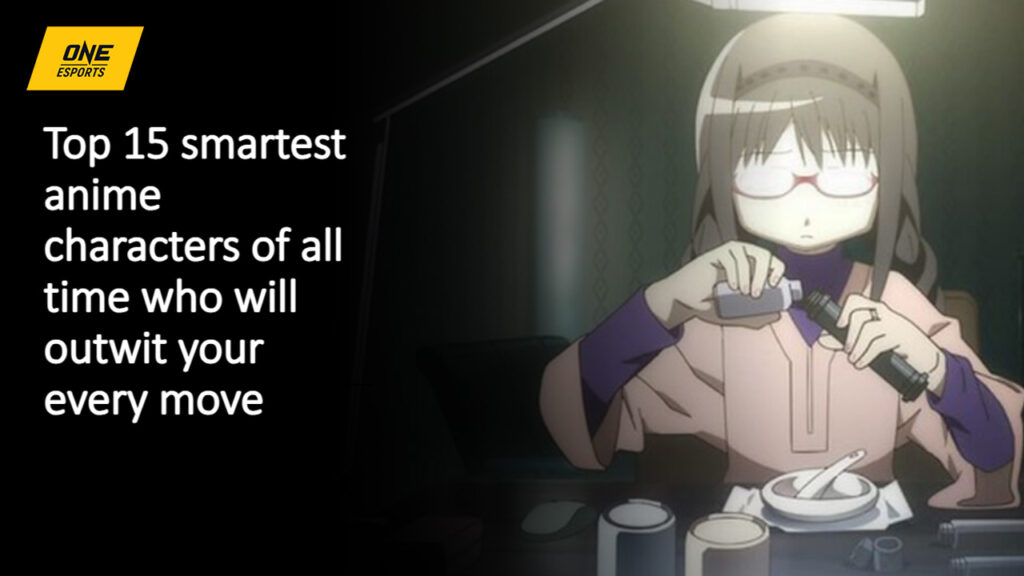
Director and storyboard lead Shingo Yamashita is quite the cinephile, recreating scenes straight out of cult classics like Pulp Fiction and The Big Lebowski.
Here’s a quick guide on all the pop culture references made in the Chainsaw Man opening sequence.
Warning: Minor spoilers on names of characters and the first episode of Chainsaw Man. Major spoilers to all the films and works referenced.
Every reference in the Chainsaw Man anime opening
The Divine Comedy (1320)
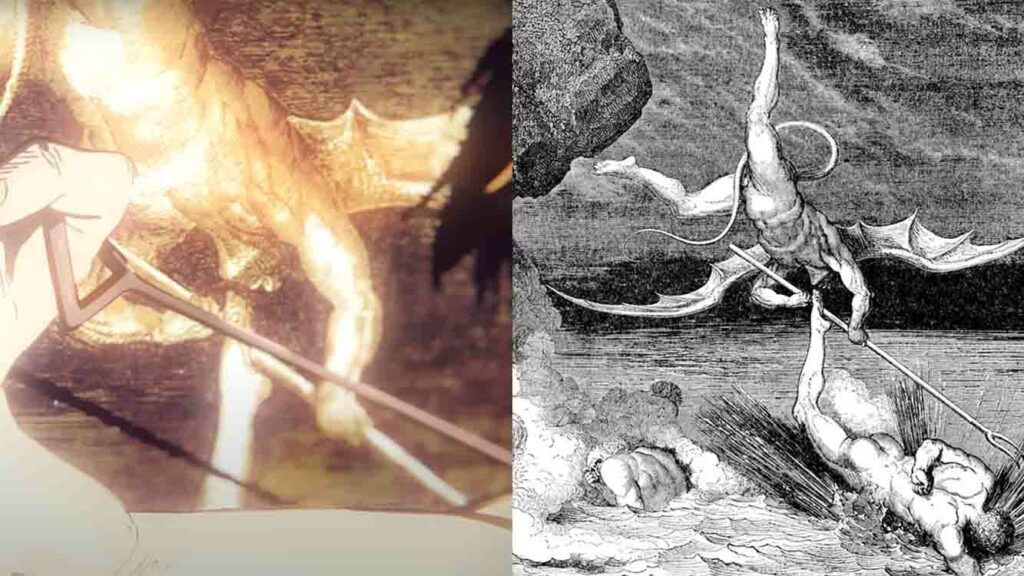
The opening shot makes a reference to the Divine Comedy, the literary masterpiece by Italian poet Dante Alighieri. Dante’s work tells the tale of a pilgrim who goes through the stages of the afterlife: hell, purgatory, and heaven.
Denji pulls his cord in front of an illustration of Alichino, a devil who gets fooled by a cunning politician in the eighth circle of hell.
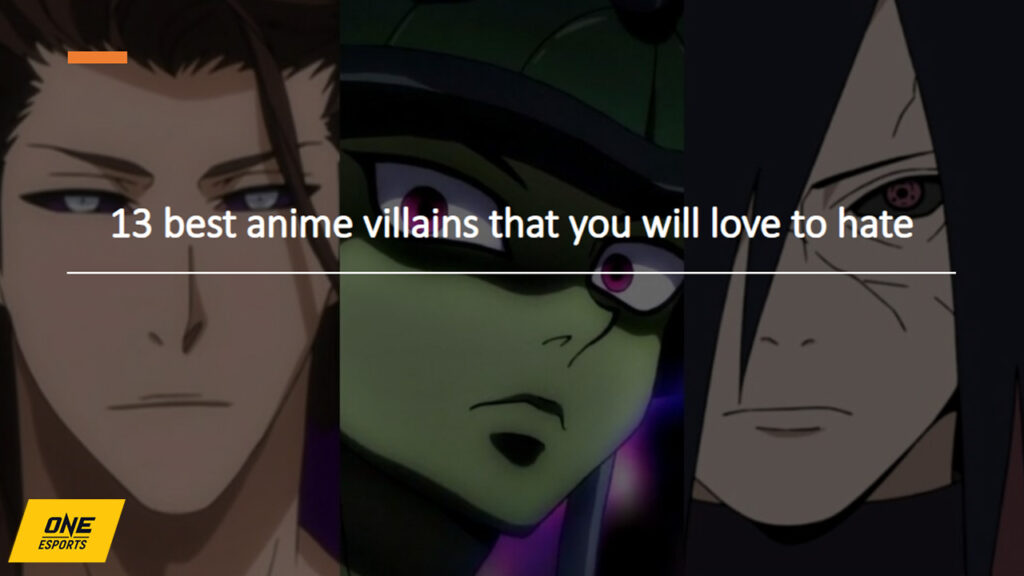
The Texas Chainsaw Massacre (1974)
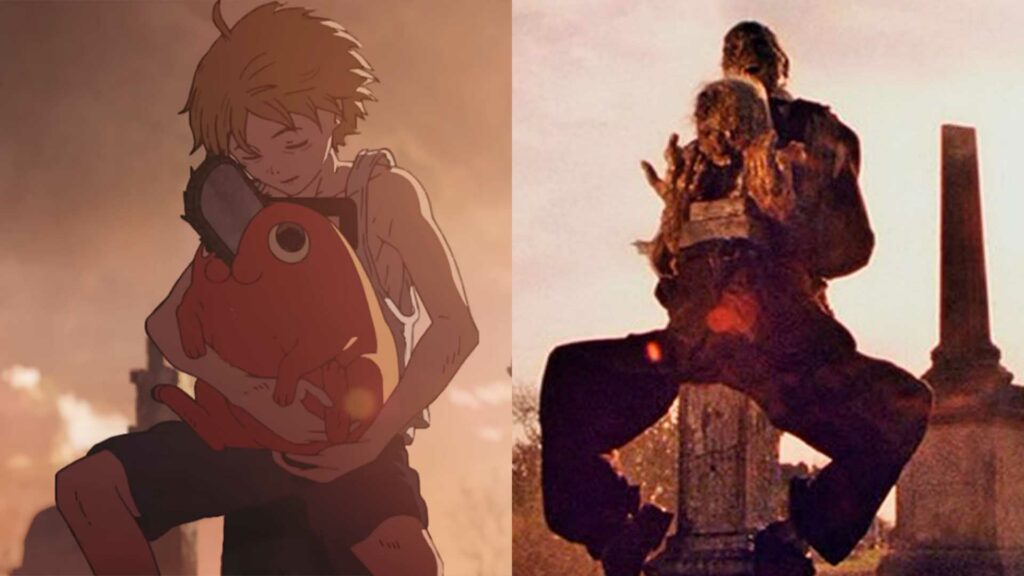
Chainsaw Man bows down to the original chainsaw slasher flick, The Texa Chainsaw Massacre directed by Tobe Hooper.
Instead of a rotting corpse on a monument, the opening shows Denji holding devil-dog Pochita as he sits on a stone in a sepia-toned landscape.
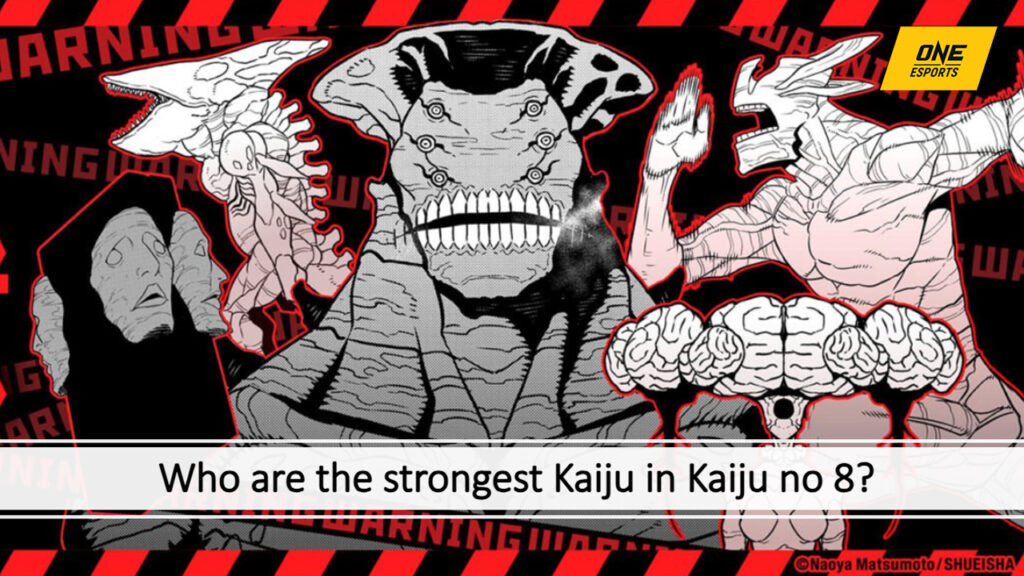
Pulp Fiction (1994)
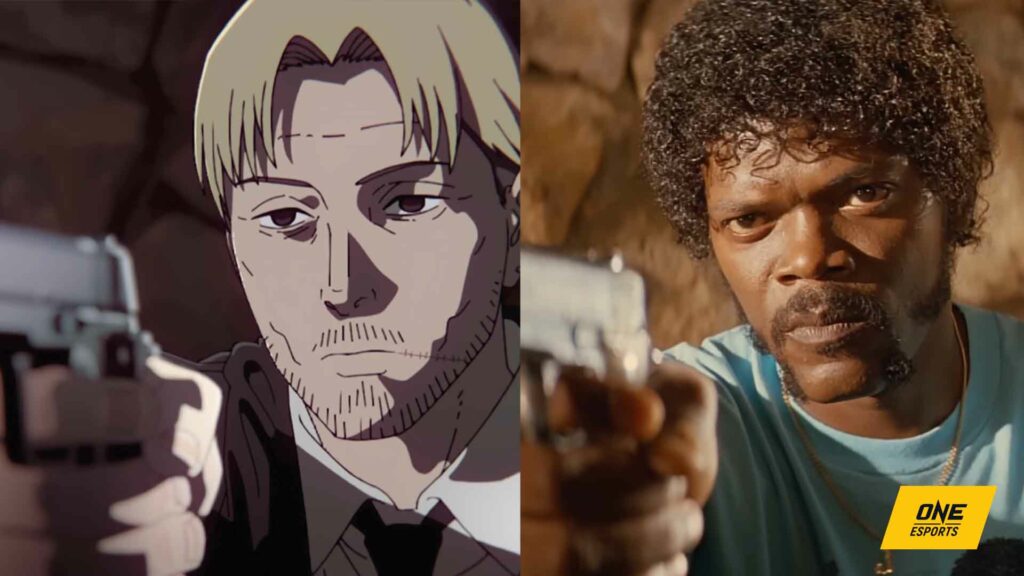
Negotiations are common when you’re dealing with devils, and what better way to show such tension than the wallet scene in Quentin Tarantino’s crime film, Pulp Fiction?
Captain Kishibe recreates the stone-cold aura of hitman Jules Winnfield (Samuel L. Jackson) by holding a pistol point-blank to an unseen person across the table.
Reservoir Dogs (1992)
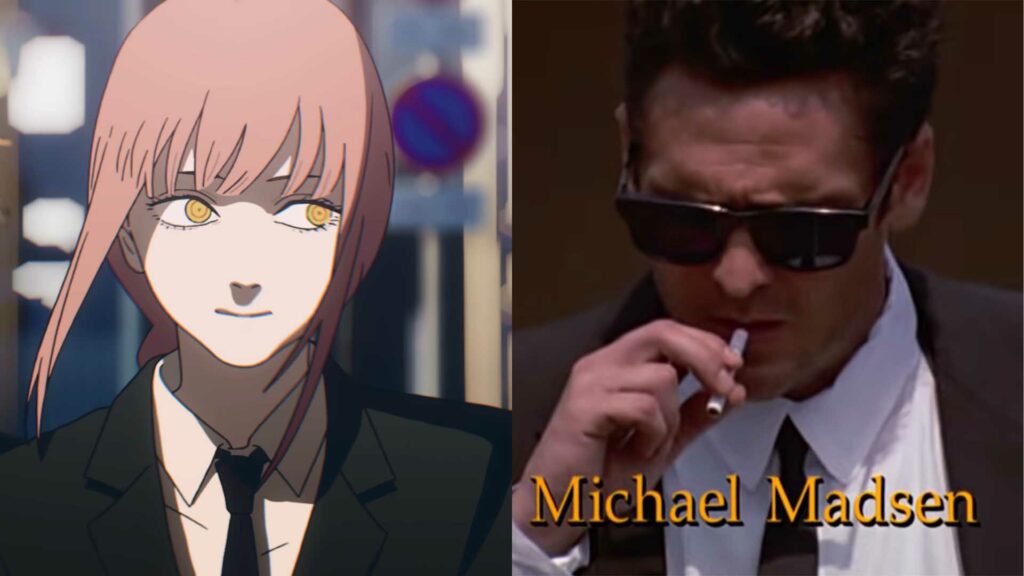
Yamashita adds yet another Tarantino scene into the mix when Makima and the devil hunters walk through an empty Tokyo street.
Each member of the Public Safety squad appears in a trucking shot wearing black suits with ties, similar to the introduction of the heist crew in Reservoir Dogs.
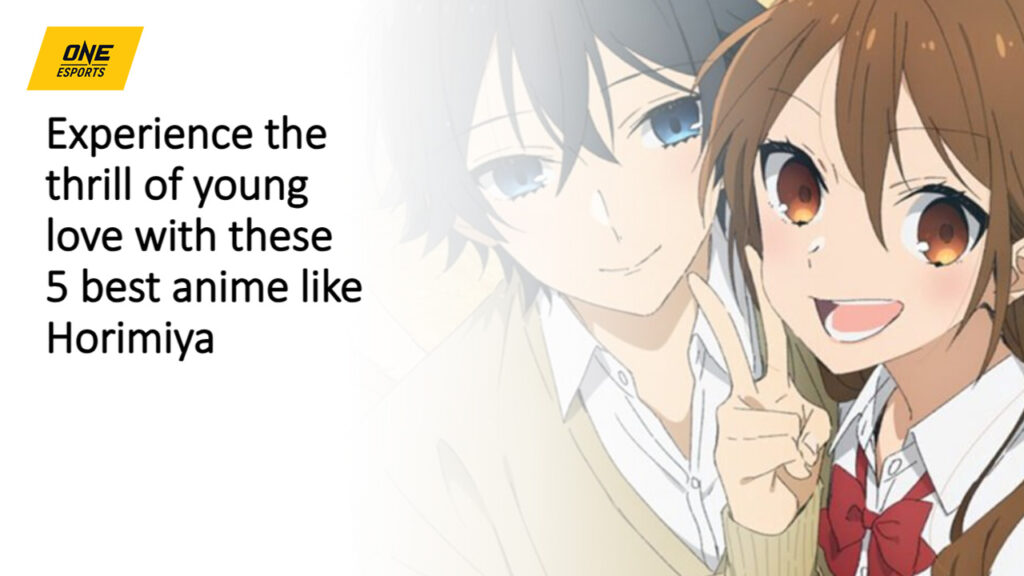
Sadako vs Kayako (2016)

The opening sequence makes a nod to Japanese cinema’s greatest horror figures, Sadako from The Ring and Kayako from The Grudge.
In their showdown film, Sadako vs Kayako directed by Koji Shiraishi, the two long-haired ghosts clash over a well. The Chainsaw Man opening mimics the same clash with Denji and another devil hybrid.
No Country for Old Men (2007)
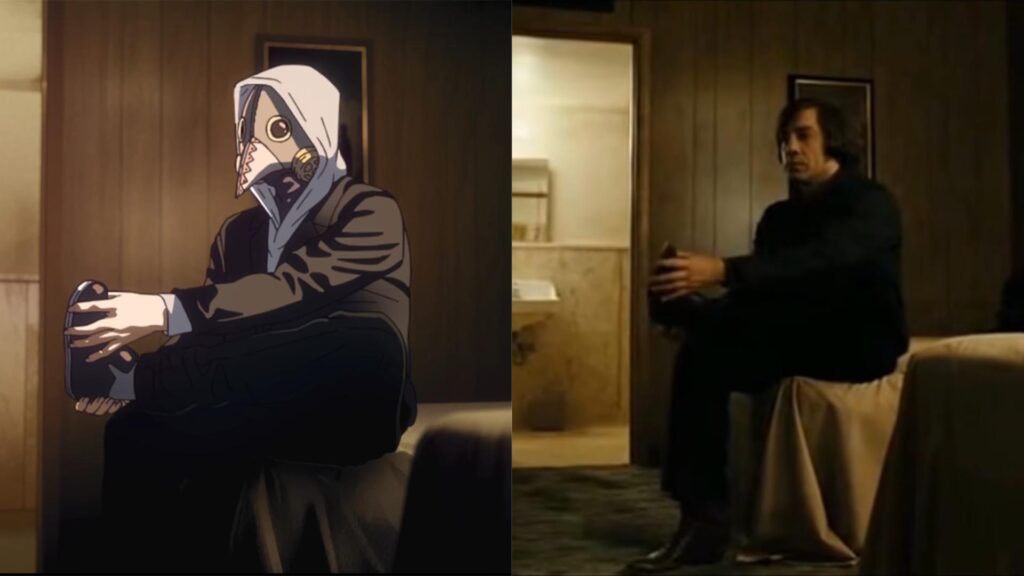
It’s always good to take your shoes off after a hard day’s work of devil hunting. Even Anton Chigurh knows that.
The Coen brothers’ No Country For Old Men follows the fictional killings of hitman Anton Chigurh (Javier Bardem) in 1980s West Texas.
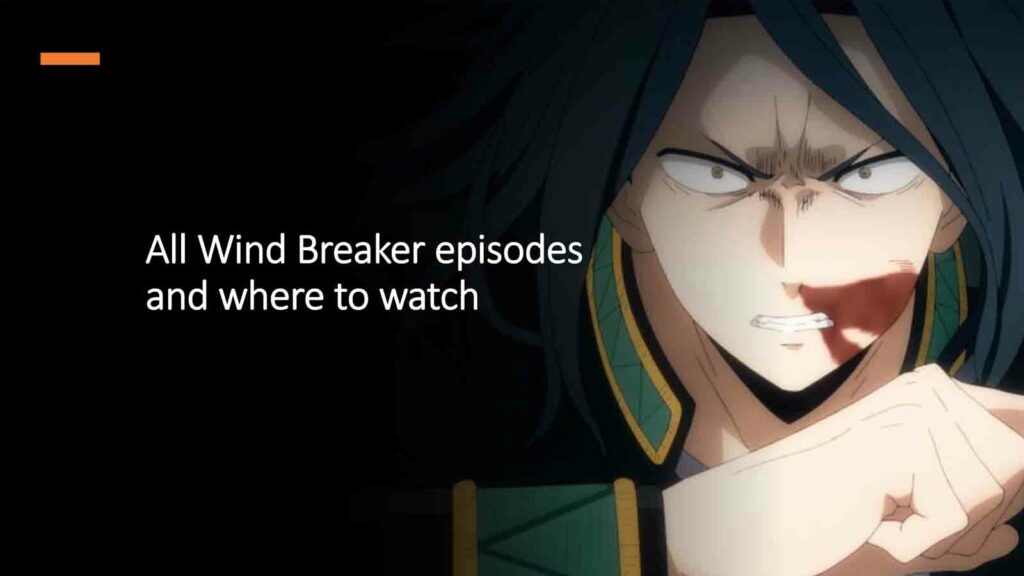
Even with the simple act of removing his shoes, Chigurh has a cold and distant look on his face, which Chainsaw Man reimagines with its masked character, Galgali.
Once Upon a Time in Hollywood (2019)
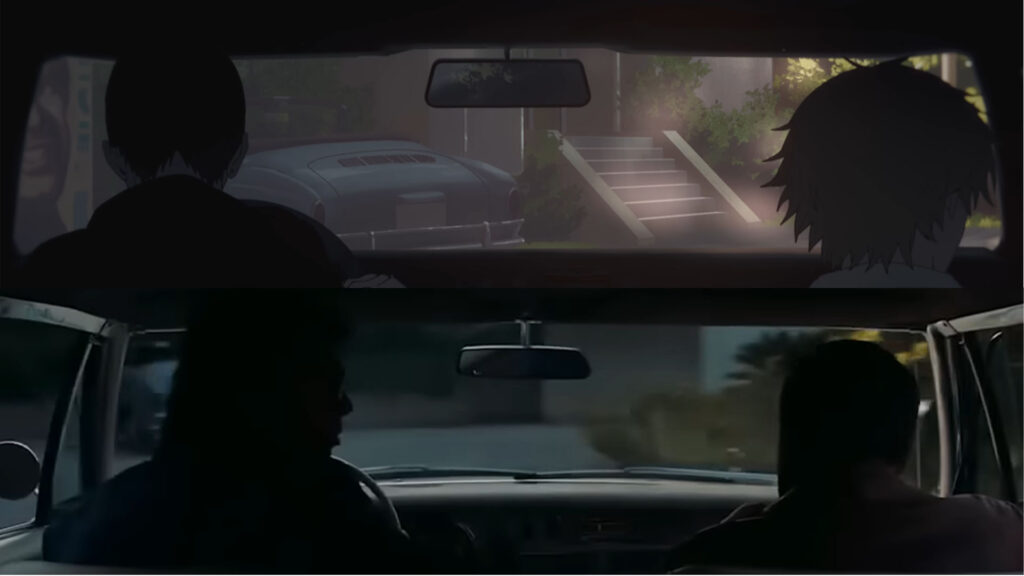
The Chainsaw Man opening highlights the budding friendship between Aki and Denji by recreating the car scene from Once Upon a Time in Hollywood.
The third Tarantino film on this list, Once Upon a Time in Hollywood tells the story of washed-out actor Rick Dalton (Leonardo DiCaprio).
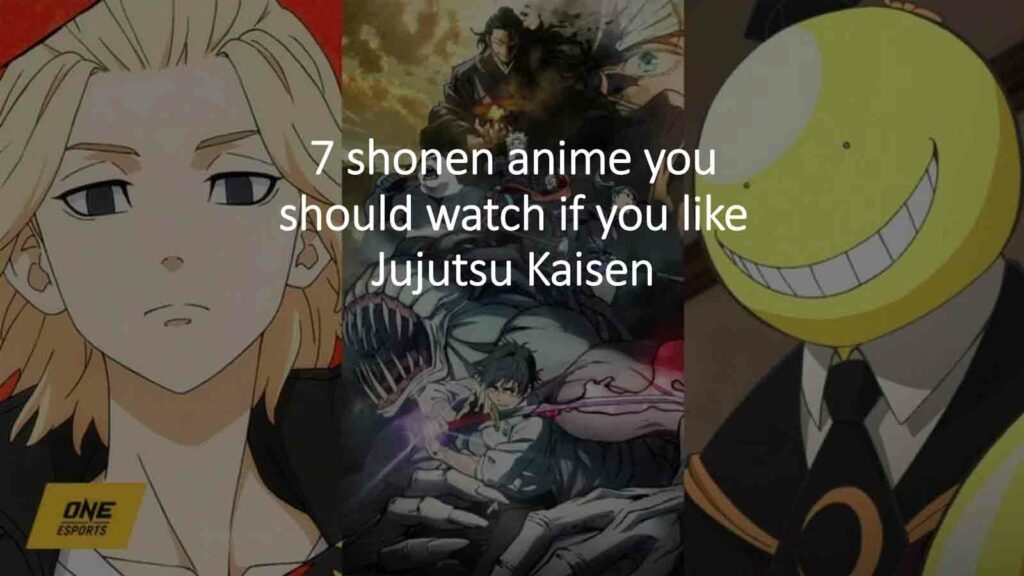
Once a big name in the 1950s, Dalton finds himself lost in Tinseltown a decade later, but continues to fight for relevance with the help of his best friend and longtime stunt double, Cliff Booth (Brad Pitt).
Attack of the Killer Tomatoes (1978)
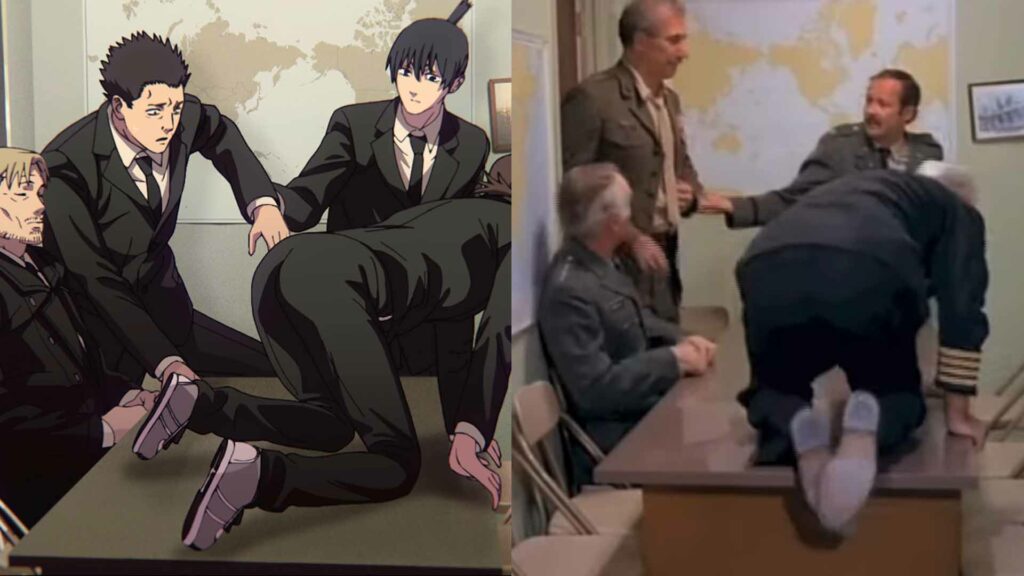
Don’t let the chainsaws and devils fool you, Chainsaw Man is funny, and Yamashita effortlessly captures the sentiment in this scene from Attack of the Killer Tomatoes.
Directed by John DeBello, Attack of the Killer Tomatoes is a parody film that pokes fun at sci-fi and thriller films.

Government officials are desperate to talk about strategies to combat sentient tomatoes, but have a hard time entering the tiny conference room.
Fun fact: The first devil that Denji slays in the manga is the Tomato Devil.
Don’t Look Up (1996)
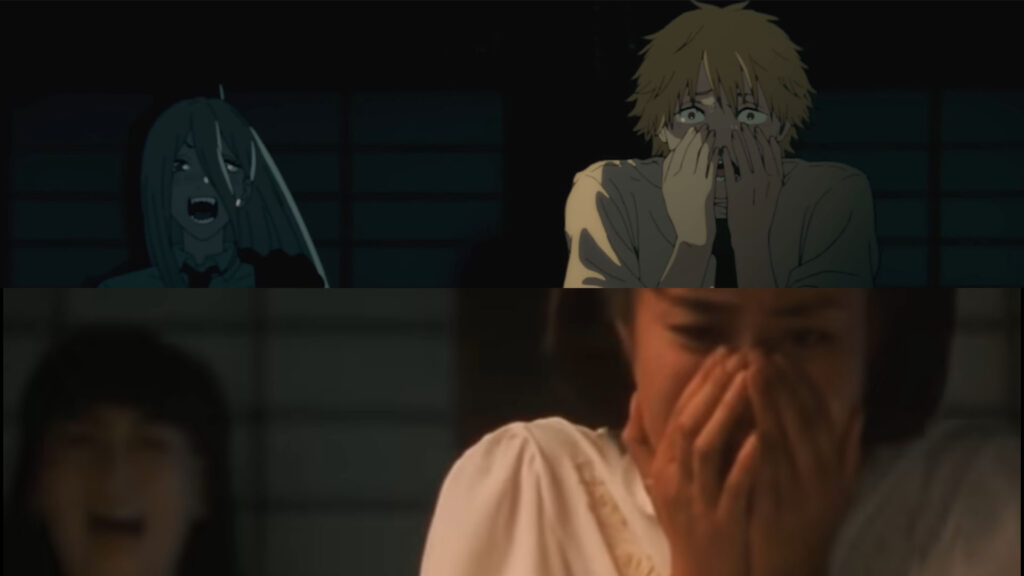
Chainsaw Man makes another bone-chilling reference to a lesser-known Japanese horror film, Don’t Look Up directed by Hideo Nakata.
The movie’s plot revolves around a film crew that’s being haunted by a pale woman dressed in white. The iconic scene shows actress Hitomi Kurokawa (Yasuyo Shirashima) in shock after seeing a ghost on set. Meanwhile, the supporting actress, possessed by the ghost, laughs maniacally in the background.
Jacob’s Ladder (1990)
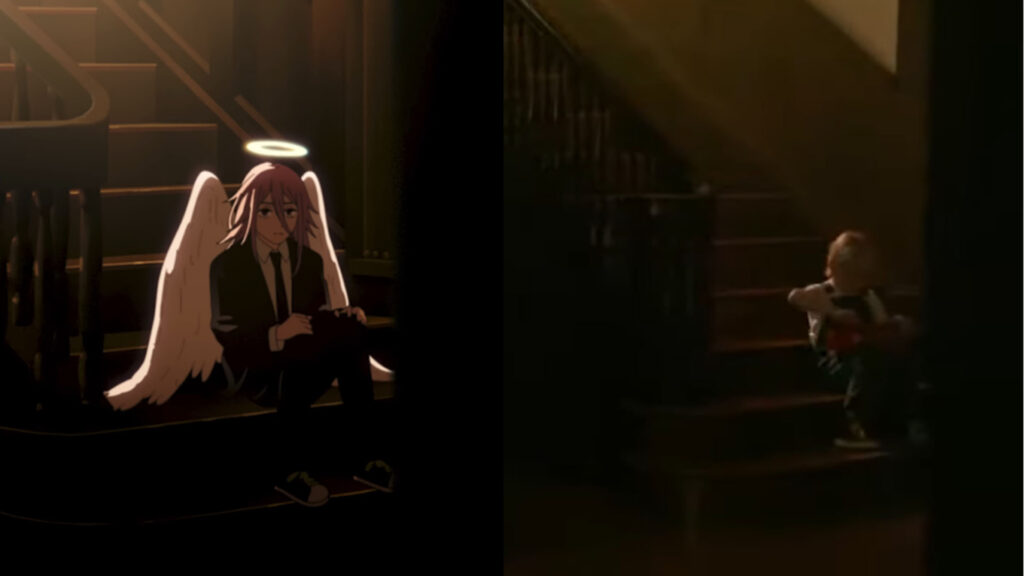
Chainsaw Man touches on the aspect of constructed realities through the psychological horror film directed by Adrian Lyne, Jacob’s Ladder.
In the film, US infantryman Jacob Singer (Tim Robbins) fights in the Vietnam War, but wakes up back in New York after being stabbed during a skirmish.
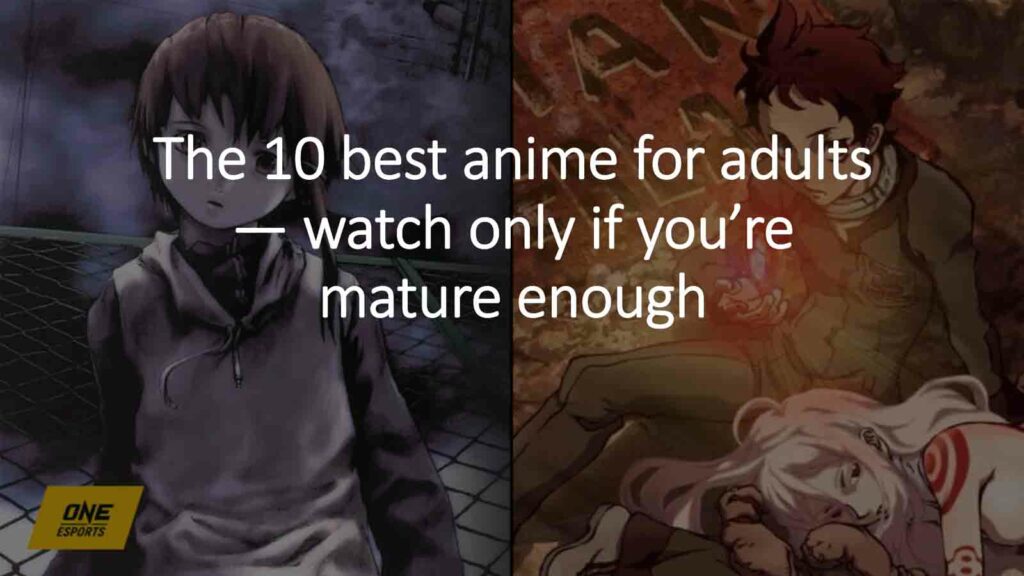
As he continues to experience hallucinations, a man approaches him and explains that his army unit was experimented on with a drug that caused them to turn on each other.
The scene referenced shows Jacob’s final moments, returning home and reuniting with his son who’s waiting patiently on the stairs. In reality, the soldier was inside a triage tent where doctors soon declared his passing.
Constantine (2005)
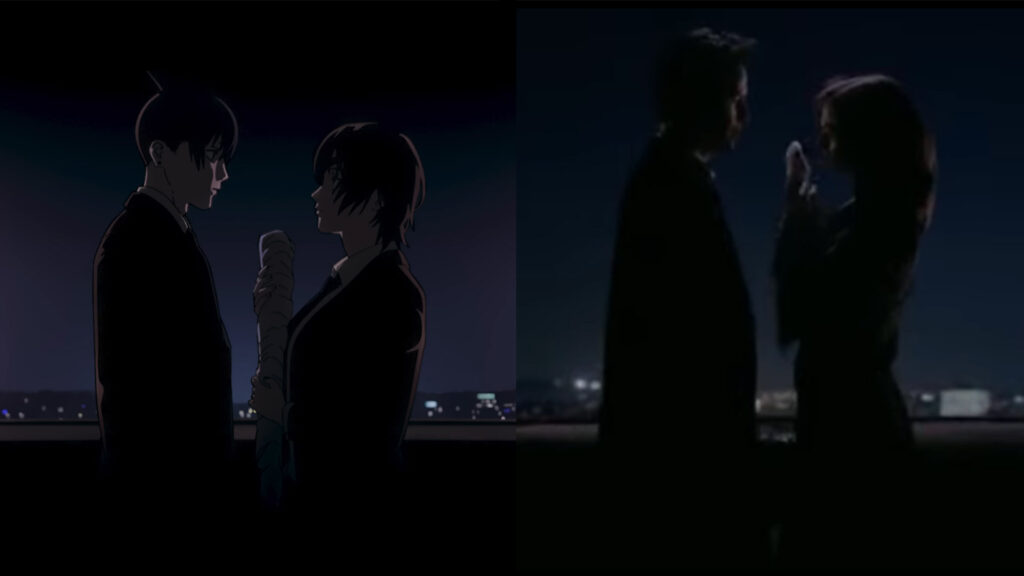
Devil hunters and demon hunters? They’re all the same according to this Constantine reference.
The superhero horror film directed by Franchise Lawrance has similar themes to the aforementioned Divine Comedy.
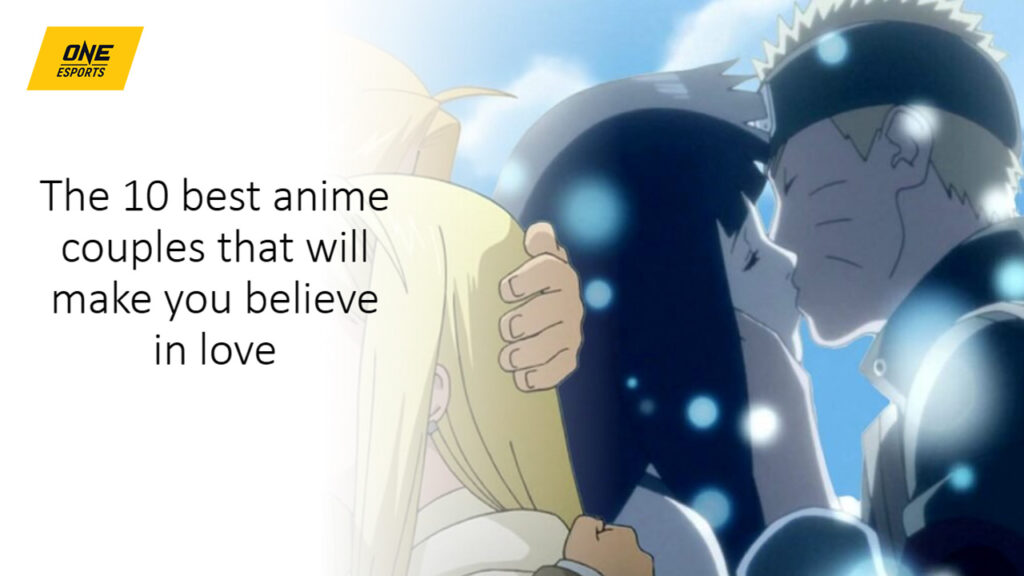
Main character Constantine (Keanu Reeves) has the power to travel through hell and back and is looking to earn his place in heaven through goodwill.
Instead of Constantine and policewoman Angela Dodson (Rachel Weisz), Aki takes center stage with Himeno as a bustling cityscape shines bright in the background.
The Big Lebowski (1998)

Yamashita sneaks in another Coen brothers reference to the list with The Big Lebowski.
Denji and his crew are seen in a bowling alley, knocking down a few pins. Just like the film’s antagonist Jesus Quintana (John Turturro), Denji likes to keep his bowling balls polished with a see-saw cloth.

The Big Lebowski is far more than just a bowling movie though. The film stars Jeff Bridges as Jeffrey “The Dude” Lebowski, a slacker who gets caught up in the affairs of someone with the same exact name as him.
Biggest difference? The other Lebowski is a millionaire.
Neon Genesis Evangelion (1995)
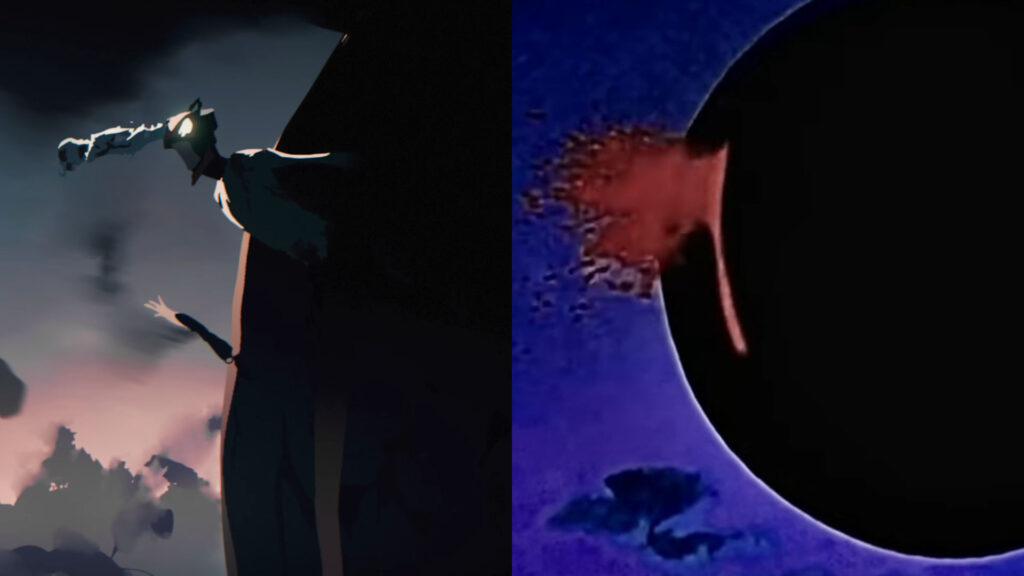
Chainsaw Man also salutes the anime world with the classic mecha series by Hideaki Anno, Neon Genesis Evangelion.
Evangelion’s EVA 1 mecha is known to take matters into its own hands when things get too harsh for melancholy pilot Shinji Ikari. When it was trapped inside the sphere-shaped angel Leliel, EVA 1 escaped by piercing the enemy’s shell with its hand.
Chainsaw Man displays the same animalistic behaviors, but this actually stems from Denji’s brash teenager attitude.
Fight Club (1999)

Don’t tell anyone, but Fight Club makes it into the list as the third ball-shaped reference in Chainsaw Man’s opening.
In part of the fight scene of the Chainsaw Man intro, Power smacks a golden ball that rolls down the streets, which looks exactly like the detonated statue scene in Fight Club.

The act of vandalism is just one of the many things that the unnamed protagonist (Edward Norton) and Tyler Durden (Brad Pitt) coordinate with their everyman crew.
The film explores the concepts of anarchy and nihilism during the turn of the millennium.
Goodbye, Eri (2022)
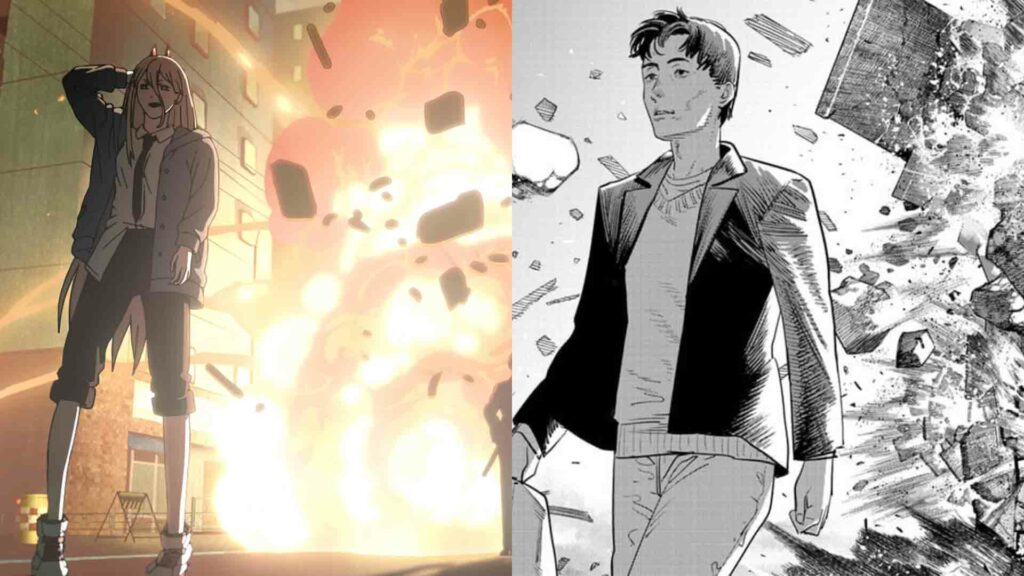
Yamashita makes things go full circle with a nod to the latest one-shot manga by Chainsaw Man author-illustrator Tatsuki Fujimoto.
The opening sequence shows Power walking away from a fiery explosion, similar to Yuta’s iconic scene in Goodbye, Eri.

Goodbye, Eri is a manga that explores sensitive topics, such as death and mourning, through teenager Yuta.
The aspiring filmmaker tries to cope with his mother’s illness and death by documenting the events, but not everyone is pleased with his creative efforts.
The scenes may be going off the cliche trope that “cool guys don’t look at explosions”, but for the case of Yuta, the explosion acts as a cathartic moment in his life.
READ MORE: Who is Denji in Chainsaw Man? Story, personality, and first appearance
